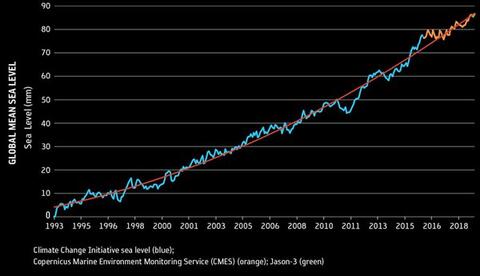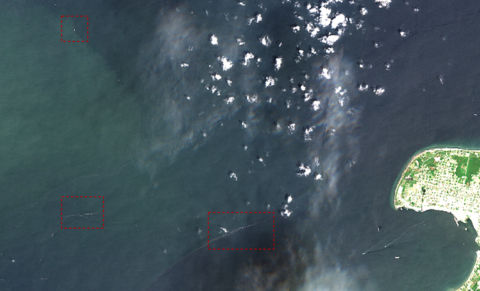No Planet B - Time for Slow Astronomy ?
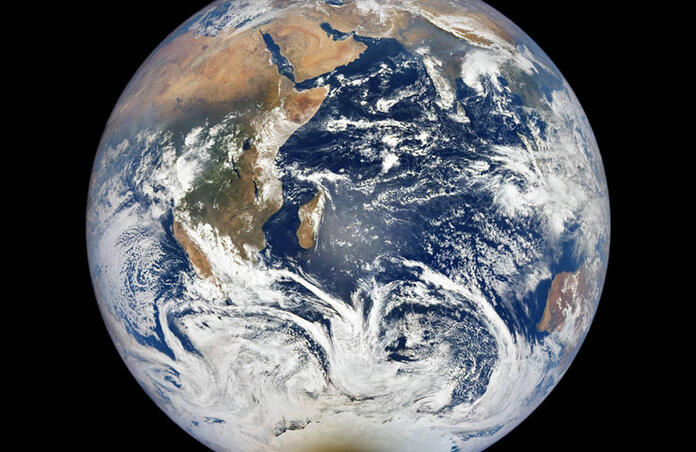
Astronomers are taking a step back from the sky to look at their carbon footprint.
This week, a group at the French Institut de Recherche en Astrophysique et Planétologie (IRAP) has published a study where they estimate the greenhouse gas emissions caused by both the construction and the operation of space telescopes, planetary probes and ground-based observatories. Adding that to previous estimates of the emissions of research institutes themselves, and dividing that by the number of astronomers, they found that each astronomer emits the equivalent of 36 tonnes of carbon dioxide per year. To put this into perspective: the world-wide average is about 7 tonnes, with almost all of the most developed countries exceeding 10 tonnes, reaching a maximum of 20 tonnes for the United States. Therefore, the leader of the study calls for “Slow Science”, a practice which would allow scientists to “take their time with their research” while still enabling progress to be made.
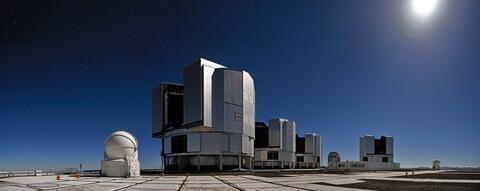
The 39 ground-based observatories included in the study consume the equivalent of almost 200 000 tonnes of CO2, with the VLT and its 4 units and 4 auxiliary telescopes listed as the top contributor 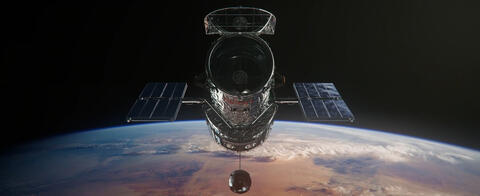
The 46 space-based observatories included in the study consume the equivalent of over 300 000 tonnes of CO2, with the HST and its multiple service missions listed as the top contributor
Better use of archive data, reducing the number of face-to-face conferences to which the astronomers have to fly and using energy-efficient online meeting platforms instead, improved compiler technology for increasingly high-performance (super-)computing alongside climate-mindful coding education, are all strategies that have been put forward to make modern astronomy more sustainable. The vast majority of space probes and satellites are already powered by solar panels although the energetic cost of launching them remains, and ESO has outlined a plan to generate green energy for its upcoming Extremely Large Telescope, opening up options to make ground-based observatories more environmentally-friendly.
The reverse impact is also true: climate change has drastic repercussions on astronomical observations. Just one example of this is that an increase in temperature means more turbulence in the surface layer of the atmosphere (the first tens of metres above ground), which in turn implies worse seeing conditions. While this extra twinkling of stars might seem romantic to some, for astronomers and astrophotographers the consequence is that images can be severely degraded. Researchers are spending a lot of time developing adaptive optics to mitigate these effects yet building and using them requires additional energy again.

What makes the issue even more complex is that there is another dilemma, this time between reducing this carbon footprint while still providing data about climate change, as this is achieved through space missions like ESA’s Copernicus Sentinel. The program’s satellites measure a wide array of parameters about the Earth’s climate, including the levels of greenhouse gases, the changing ice sheets and glaciers, the rising sea levels, and detects marine plastic accumulations, monitors forest coverage …
Let’s leave the conclusion to Michel Mayor, who discovered the first exoplanet in 1995. “Exoplanets are much, much too far away. Even in the very optimistic case of a liveable planet that is not too far, say a few dozen light-years - which is not a lot, it’s in the neighbourhood - the time to go there is considerable, we are talking about hundreds of millions of days using the means we have available today. We must take care of our planet; it is very beautiful and still absolutely liveable.”
Cover Image: Earth - Satellite Images from 2021, NASA/DSCOVR EPIC team
Image Credits:
1 - VLT, G.Hüdepohl (atacamaphoto.com)/ESO
2 - HST, NASA
3 - Solar Panels at La Silla, ESO
4 - Pickering Scale, J. Kolář
5 - Global carbon dioxide and methane 2003-2019, Copernicus CCS/ESA
6 - Global mean sea level rise, ESA
7 - Plastic patches, ESA

